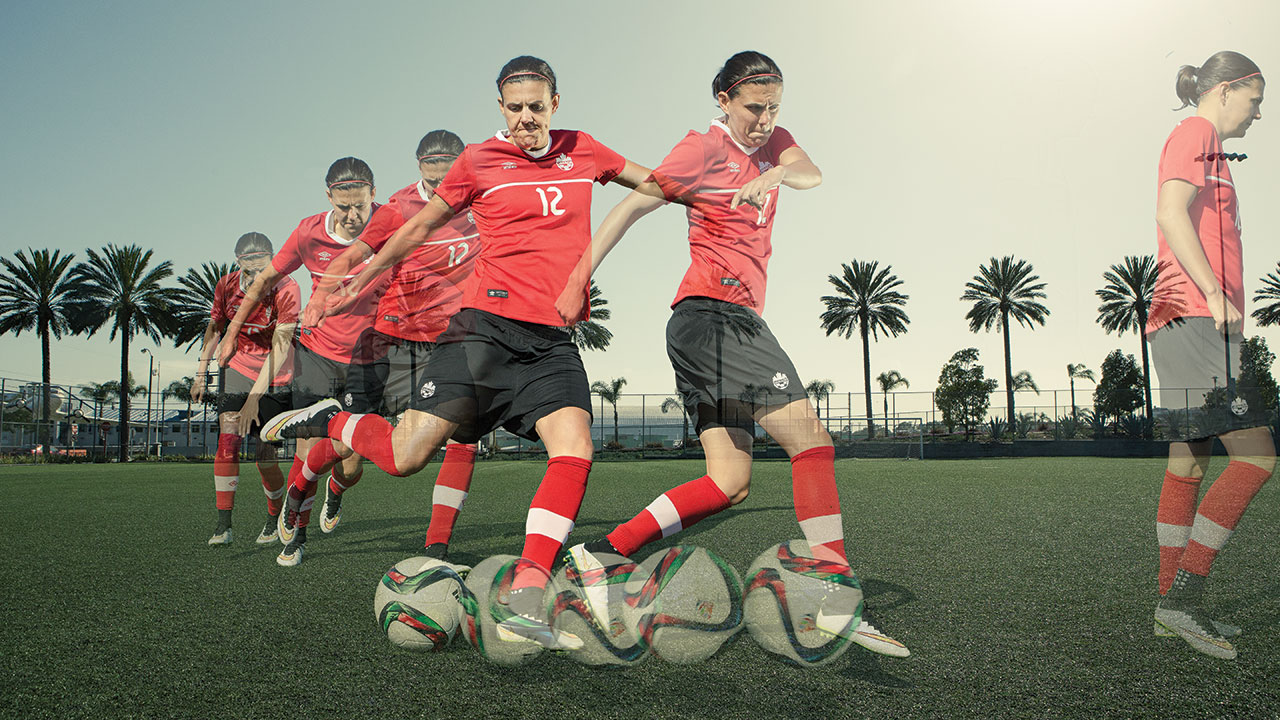SPEED
Age has a nasty habit of slowing down even the most elite athletes, and Ronaldo is no exception. As a result, he doesn’t burn opposing defenders with regularity like he used to during his time at Manchester United and his first few seasons at Real Madrid.
But even at age 33, Ronaldo is still fast. Like, freaky fast. A Mexican study published last year determined the 10 quickest players on the planet. The study, which measured players’ maximum speed over the previous season, discovered Gareth Bale, Ronaldo’s Real Madrid teammate, to be the fastest, reaching 36.9 kilometres per hour. Ronaldo ranked seventh, at an impressive rate of 33.6 km/h.
Miguel Paixão, who was Ronaldo’s roommate during his time at Sporting, explained to English soccer magazine FourFourTwo how Ronaldo would use weights to improve his quickness.
“We moved into an apartment, and during the night he had two weights and a ball, and we liked to walk to Marques do Pombal, a nice garden,” Paixão said. “He used to strap the weights in his legs to improve his speed.
“He used to say that without the weights, he felt faster. So much faster, and this is funny… when we were on our way back home he gave me the ball and the weights to compete against the cars at the traffic lights. When the lights went green, he ran very fast to beat the cars. After this, he celebrated: ‘I’m faster!’
“He always wanted to improve, in every aspect. And he achieved that.”
Ronaldo also benefited from a meeting with Usain Bolt in 2009, when the Jamaican sprinter gave the then-Manchester United star some valuable advice about how to improve his running technique.
“I explained to him a few things about when he is running and reaches top speed he starts to tip over — he always does that,” Bolt told the Guardian. “I let him know if he brings his foot on the centre of gravity, or even in front of him, it will be much easier. He will be much better and he will go faster for longer.”








